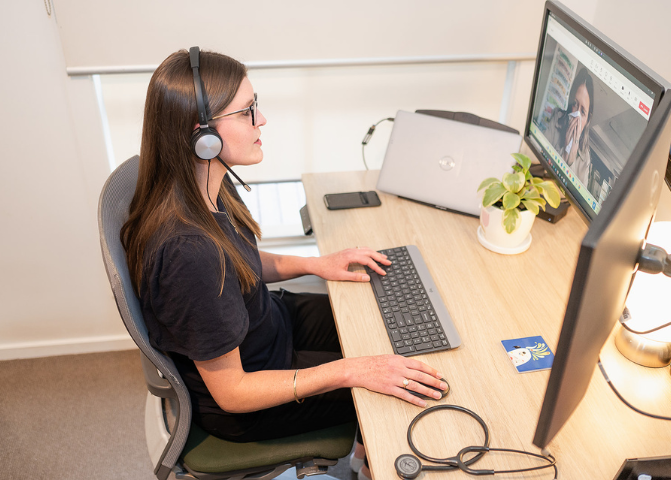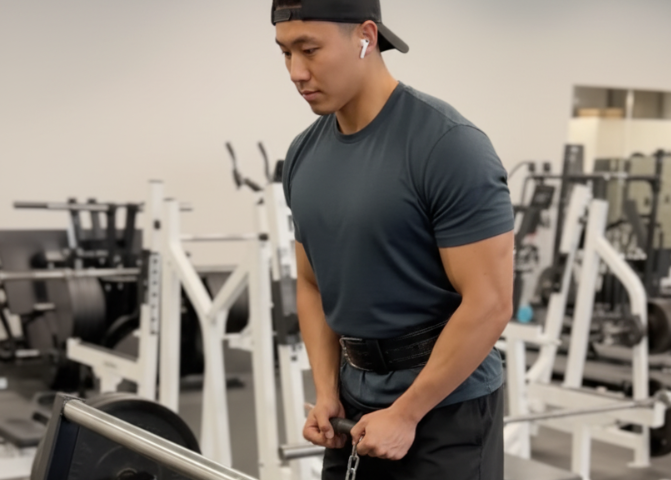27/06/2025
What to Do When You’re Unwell at Home: A Practical Guide
Feeling unwell at home can be frustrating—especially when you can’t get in to see a doctor or you’re too unwell to leave the house. Whether it’s symptoms of a virus, a flare up of a medical condition, or just that awful “I think I’m coming down with something” feeling, knowing what to do next can make all the difference in your recovery.
Here’s a step-by-step guide to managing your health from home.
Listen to Your Body and Rest
First things first: don’t push through symptoms. Rest is essential to help your body recover, especially in the early stages of illness. Keep fluids up, get plenty of sleep, and avoid unnecessary activity while your immune system does its job.
Hydrate and Use Oral Rehydration Solutions
Dehydration can worsen fatigue, headaches, and other symptoms. Our doctors recommend using oral rehydration solutions like Hydralyte®, Gastrolyte® or Pedialyte®, especially if you’re experiencing vomiting or diarrhoea. These drinks help replenish lost fluids and electrolytes more effectively than plain water.
Aim for small, frequent sips rather than large gulps, particularly if you’re feeling nauseated.
Use Medications Appropriately
For relief of fever or pain, paracetamol can be helpful when used correctly. Confirm with your pharmacist if it is safe for you to use paracetemol.
Paracetamol dosing for adults:
- The standard dose is 500 mg to 1000 mg every 4 to 6 hours as needed.
- Do not exceed 4000 mg (8 x 500 mg tablets) in 24 hours.
Always follow the directions on the packaging and avoid doubling up on medications that may already contain paracetamol (such as cold & flu tablets). If you’re unsure, speak with a pharmacist or doctor.
Bonus Tip: Stock Your Medicine Cabinet
Want to know what’s best to keep at home when you’re feeling unwell? Medmate Pharmacist Cassie O’Connor shares her expert advice in a quick video on essential over-the-counter items every household should have. From pain relief and antihistamines to oral rehydration solutions and thermometers—being prepared can make all the difference.
Monitor Your Symptoms
Take note of how you’re feeling, including:
- Temperature (fever)
- Cough or congestion
- Pain (headache, sore throat, stomach aches)
- Changes in appetite, sleep, or energy levels
Jotting this down can help you provide useful information to a doctor if you need a consult.
If you have upper respiratory symptoms—such as a sore throat, runny nose, congestion, dry cough, fatigue, or loss of taste or smell—it is recommended that you take a COVID-19 rapid antigen test (RAT). Early detection helps reduce transmission and ensures timely access to appropriate care.
Book a Telehealth Consult When Sick at Home
If your symptoms aren’t improving after a day or two, or if you’re unsure what to do, book a telehealth consult. With Medmate, you can skip the waiting room and speak to an Australian-registered doctor from the comfort of your home—often within the hour.
Telehealth when sick at home is ideal for:
- Mild to moderate infections
- Needing a prescription or medical certificate
- Advice on symptom management
Medmate doctors can:
- Assess your symptoms
- Recommend treatment
- Issue prescriptions
- Provide medical certificates
Get Your Medication Delivered
If the doctor prescribes medication, Medmate can send the script directly to your phone—and even arrange fast delivery from your local pharmacy. No need to leave the house when you’re not feeling up to it.
Request an Online Medical Certificate
Need time off work or study? If clinically appropriate, Medmate doctors can issue a digital medical certificate and email it to you after your consult. It’s fast, easy, and widely accepted by employers and schools.
Keep in Touch With Your Care Team
Medmate’s follow-up care means you’re not left on your own after the consult. Our nurses may call to check how you’re feeling and whether you need further support. It’s one of the ways we make sure you’re getting the care you need, even after the call ends.
Know When to Seek Urgent Care
If your symptoms worsen, it’s important to seek medical attention without delay. You should go to your nearest emergency department or call emergency services (000) if you experience any of the following:
- Difficulty breathing or shortness of breath
- Chest pain or tightness
- High fever that doesn’t respond to medication
- Severe headache or sudden confusion
- Sudden weakness or numbness, especially on one side of the body
- Fainting or persistent dizziness
- Severe abdominal pain
- Seizures
- Uncontrolled bleeding
- A child with signs of dehydration (e.g. no wet nappies for over 8 hours, dry mouth, sunken eyes)
- A child under 3 months with a fever
These may be signs of a serious condition that requires in-person assessment and treatment. Call emergency services or attend your nearest urgent care or emergency department. Telehealth is great for many conditions, but some things require hands-on care.
In Summary
Being unwell at home doesn’t have to mean being stuck without care. With Medmate, you can access fast, safe and supportive medical help from your couch. Rest, hydrate with rehydration solutions like Hydralyte®, monitor symptoms, test for COVID-19 when needed, and use medication safely. Don’t hesitate to book a telehealth consult if you need guidance, treatment or a medical certificate.
Healthcare has never been more convenient—and it’s right at your fingertips.
Recommended reading
Search for a specific topic or filter by categories to find information on what you need to know on the full Medmate Journal


The Belt Squat RDL is a Game-Changer
Looking to build a stronger, more powerful lower body while minimizing risk? The Belt Squat RDL might just be the exercise you’ve been missing. This unique movement, often overlooked, offers…